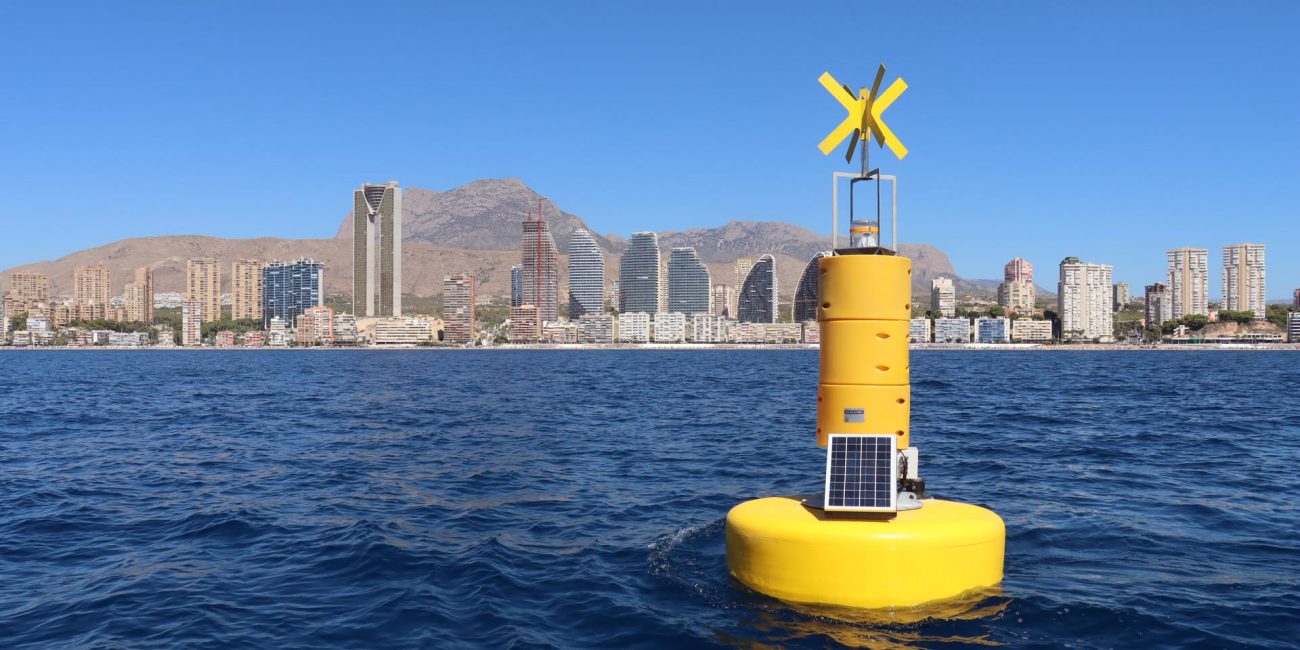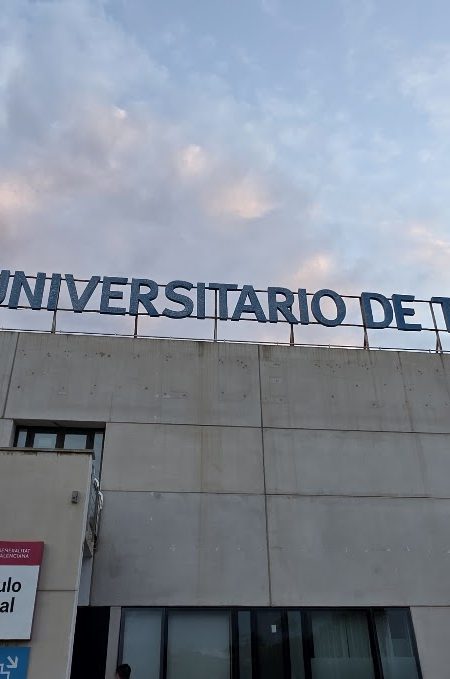Two massive buoys will monitor the water conditions in Benidorm to provide further information on their state, in addition to the analyses previously supplied by the Municipal Laboratory. The gadgets have already been deployed, and data collection will commence in the coming days.
These buoys will now monitor the following characteristics in real time: water temperature, hydrocarbon presence, dissolved organic matter, salinity, turbidity, and dissolved oxygen levels.
All of this information will enable the development of new, very valued information services for citizens and tourists, such as daily updates on bathing water quality and the implementation of steps to conserve the natural heritage of beaches.
An app
In this regard, the “Benidorm, a smart and sustainable tourist destination” initiative intends to display water quality data on both a mobile tourism app and the City Council’s beach website, which will be published shortly.
Furthermore, the gathered data will be linked for analysis into the Tourism Intelligence platform, which will provide dashboards to the City Council’s various departments to help them make better decisions. To ensure environmental compatibility, each buoy’s site was carefully selected and agreed upon with the Institute of Coastal Ecology.
Both buoys are placed at two water places in the middle sections facing Poniente and Levante beaches, outside the boundaries of the posidonia meadows.
Safe buoy
The buoy anchoring mechanism adopted is low-impact, consisting of a concrete biotope dead anchor with an elastic mooring to keep the chain from rubbing against the seabed.
The chosen oceanographic buoy weighs around 360 kilogrammes, has a design that ensures vessel detection, and is stable, with an inbuilt counterweight to assure verticality.
The deployment of this technology is one of the projects within the “Benidorm, a smart and sustainable tourist destination” project, which is supported by the City Council and co-financed with ERDF funding by Red.es, a public organisation affiliated with the Ministry of Digital Transformation.
Mónica Gómez, the environmental and beach councillor, in that ‘the indicators and information these buoys will provide will complement and reinforce the measurements that the Municipal Laboratory carries out weekly during the summer and every two weeks the rest of the year to check the state of the waters and detect any anomalies in the bathing areas of our beaches’.









No Comment! Be the first one.